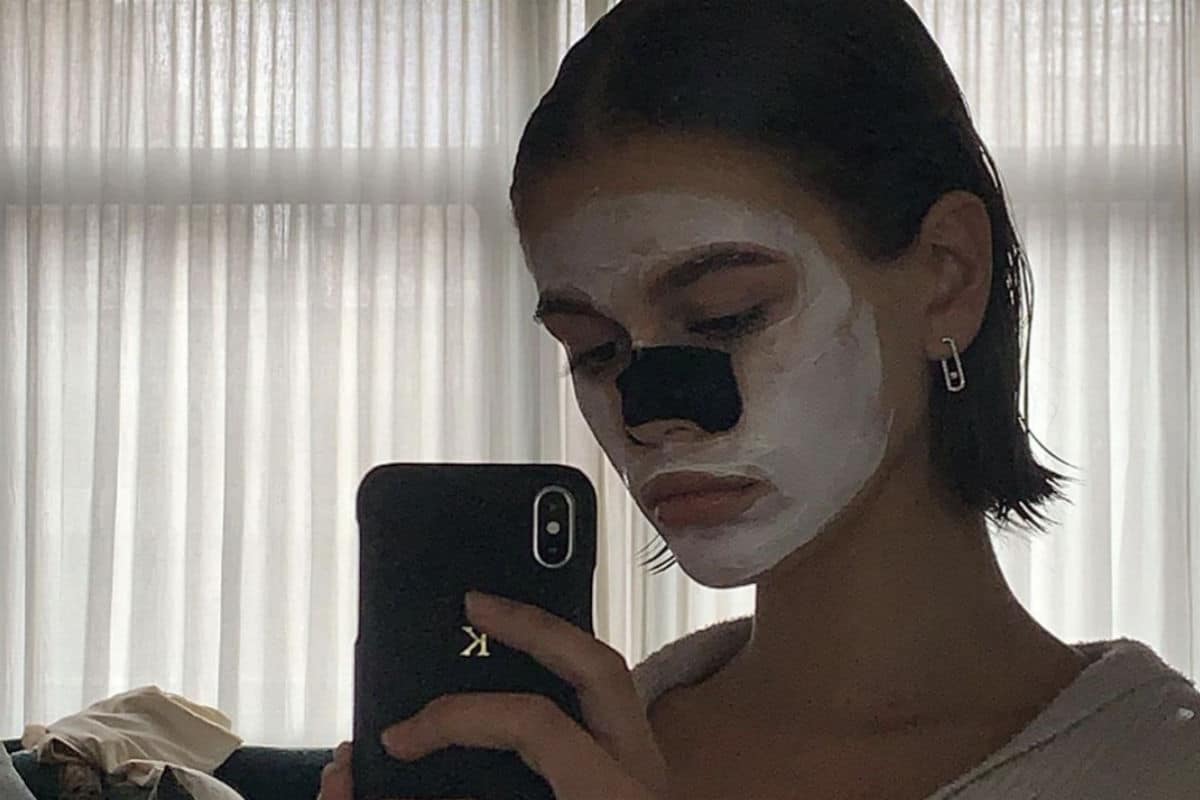
One of the biggest trends in beauty over the last couple of years is undoubtedly the rise of clay masks.
If you're anything like me, your Instagram account is flooded with ads for clay masks - especially pink clay masks - promising to brighten you skin and tighten your pores. The before and after pictures are certainly compelling.
But I'm here to tell you, that clay masks are not the solve-all products that they're marketed as. And in my personal opinion, they should be treated with caution.
Clay masks do indeed help to clear your skin out. Many types of clay do have an amazing ability to pull dirt and grease from your pores and out of your skin.
But, clay doesn't discriminate.
When clay pulls dirt from your skin, it also removes your skin's normal oils - the natural moisturising factors that keep your skin nourished and bouncy.
If you've ever used a clay mask and gotten that tight, itchy feeling as it dries, I'm here to tell you that this is the mask sucking up all your natural moisture.
Of course, when your skin is devoid of it's natural oils, it then goes into overproduction mode. For many people, your skin will then try to repair itself and produce more oil to compensate for what it just lost - this can trigger breakouts. The opposite of what you were hoping for with your clay mask.
Another thing to know, since clay pulls impurities to the surface, it can encourage any spots or pimples to come to the surface early. While this is not necessarily a bad thing - they were going to come up anyway - it means that a clay mask right before an event is probably not a good idea. Lest you end up with a whole bunch of early-surfaced spots right when you needed to look your best.
Does this mean you should toss your clay masks in the bin?
No, don't do that.
There's definitely still loads of benefits to clay. Many types of clay are filled with minerals and have been shown to have wonderful restorative and antibacterial properties. And when clay pulls oil from your skin, it can also pull nasty toxins and pollutants - so it definitely has its pros.
What you should consider before you jump straight in is your skin type. And then the type of clay you're using. If you have oily, acne prone skin, then clay masks could be great product to use to occasionally clear out congestion and fight bacteria. If you have very dry skin, they might actually cause more problems than they solve. Also, some types of clay are gentler than others. I recommend always reading the ingredients to see which clay is in your mask.
I have very oily skin and I personally like kaolin, which is one of the gentler kinds - when I use it, it doesn't leave me with that itchy feeling. Even though it's gentle, I never use it more than once a month. I spend too much time trying to hydrate my skin to risk dehydrating it.
The two clay masks I love are the Jurlique Purity Specialist Treatment Mask and the Sand & Sky Porefining Mask - both of these have added ingredients that help to refeed your skin as they remove excess oil.
The other key thing to remember is to not leave your mask on for too long. The longer you leave it on, the more oil it will draw from your skin. It's best to wash it off before it dries completely and strips your skin of all its sebum. You can also consider only putting the mask in the areas that you're oiliest, like your t-zone.
Instagram marketing aside, every skin type is different and all products will work for us differently and there are plenty of other amazing masks if clay is not the right one for you. It's always best to go a take to a professional like a dermatologist or a trained aesthetician who can give you advice tailored to your skin type.
Moral of the story, don't just rely on what you see on the Internet.
Image: Kaia Gerber



